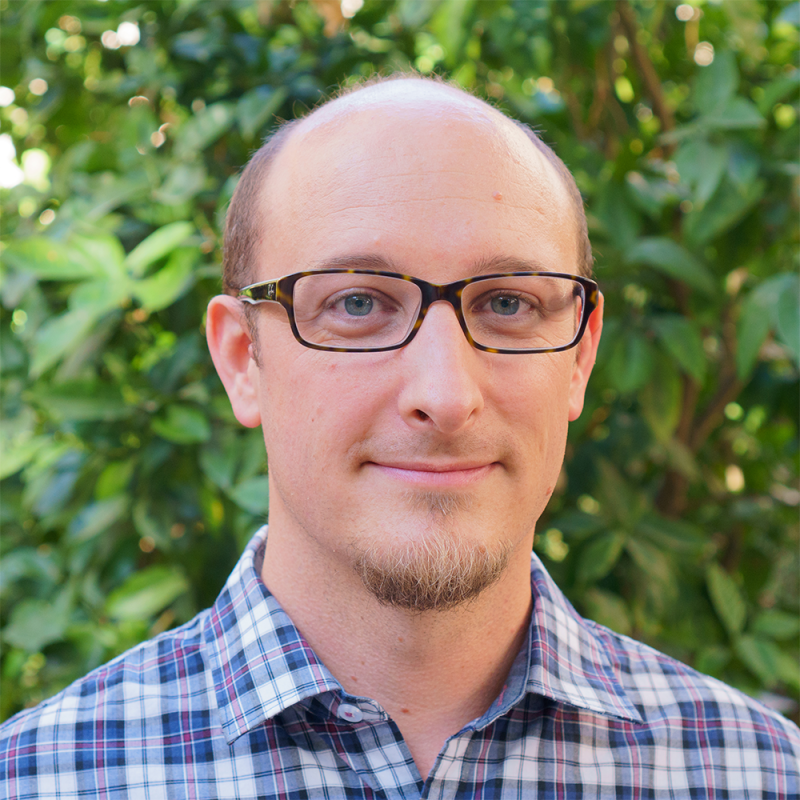
Department Seminar: Brett Walker
Title: 1H Nuclear Magnetic Resonance (NMR) evidence for the cycling of bioavailable carboxyl-rich alicyclic molecules and carbohydrates in Baffin Bay (and beyond)
Abstract: Marine dissolved organic matter (DOM; <0.1µm) is the ocean’s largest, actively cycling reservoir of reduced carbon (662 GtC), similar in size to the atmospheric CO2 reservoir (>700 GtC). Thus, changes in DOM cycling and its long-term persistence in the deep ocean can impact global climate. DOM is comprised of millions of chemically distinct organic molecules and while global DOM distributions are well constrained, we still lack a detailed understanding of its biogeochemical cycling. The microbial carbon pump can transform labile DOM (LDOM) compounds into more recalcitrant DOM (RDOM) forms. Thus, DOM comprises many molecular populations of differing biological reactivity– from highly labile (hours/days) to RDOM (>millennia). To date, quantifying rates of microbial DOM transformation and the cycling of key compound classes remains limited. In particular, we still lack an understanding of how RDOM cycles and why this material can persist in the deep ocean for millennia. Previous studies have shown rapid surface cycling of carbohydrates (CHO), which is broadly considered a proxy for LDOM. Conversely, carboxyl-rich alicyclic molecules (CRAM) are thought to accumulate in the deep ocean as RDOM. Traditionally, studies have used ultrafiltration and/or solid-phase extraction to isolate salt-free DOM for detailed chemical analysis (e.g. to quantify CRAM). However, these methods recover only a small fraction of the pool (<20-40%) and induce chemical- (e.g. hydrophobicity), size- (e.g. >1nm) and isotopic- (e.g. 13C, 14C, 15N) bias. These limitations have made extrapolation of chemical composition data to the total DOM reservoir problematic.
In this talk, I will discuss two studies using a new proton (1H) nuclear magnetic resonance (NMR) spectroscopy approach to quantify the carbon concentrations of CRAM and CHO within total seawater DOM (e.g. without chemical- or size-bias) and test the hypothesis that these compound classes can be considered representative proxies of RDOM or LDOM, respectively. First, I will discuss how these results inform our understanding of DOM cycling within Baffin Bay in the Canadian Arctic – a highly productive ecosystem experiencing large shifts in average sea surface temperature, seasonal ice extent, ocean acidification and planktonic community composition. Second, I will discuss our work extending this approach to DOM samples collected from two GO-SHIP meridional transects in the North Atlantic (A16N) and North Pacific (P16N) Oceans at the “start” and “finish” lines of deep ocean thermohaline circulation. Results from both studies appear to contradict the prevailing knowledge of CRAM cycling – suggesting that a large fraction of the DOM cycle is mediated through the production and removal of CRAM in both the surface and deep ocean. These findings place new constrains on the marine carbon cycle and will help to constrain future Earth System biogeochemical models.
